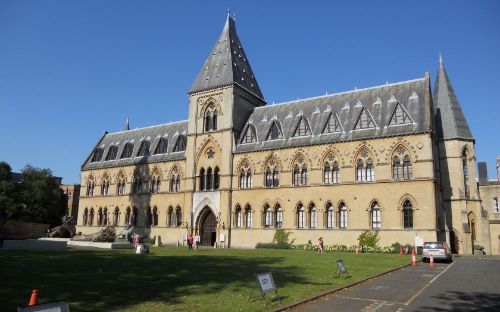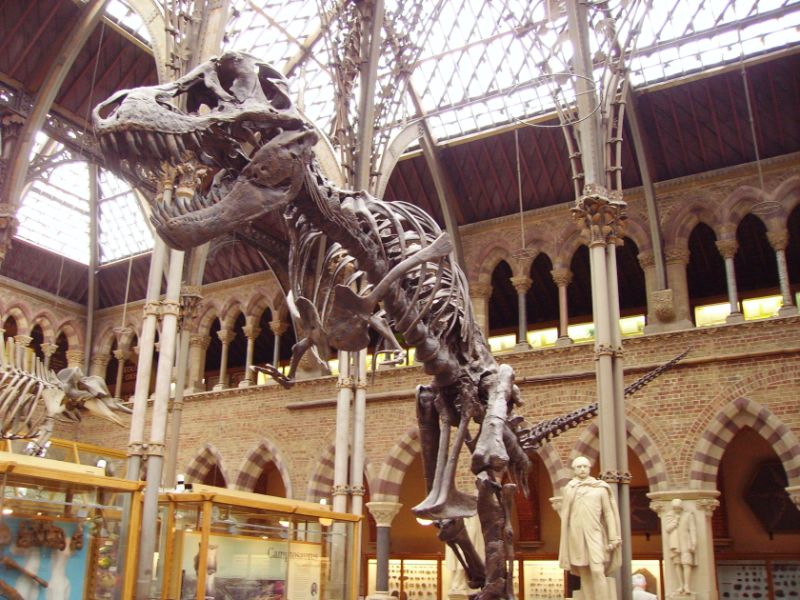Oxford University Museum of Natural History and its collection
The Oxford University Museum of Natural History, also known as the Oxford University Museum, is a significant institution that displays a vast array of the University of Oxford's natural history species collections. This includes a diverse range of specimens from various fields of natural science, providing a comprehensive overview of the natural world.
Connection to the Pitt Rivers Museum
The Oxford University Museum of Natural History is connected to the Pitt Rivers Museum. This offers visitors the opportunity to explore two significant collections in one visit, broadening their understanding of natural history and anthropology.
Rich History of the Museum's Collection
A significant portion of the Oxford University Museum of Natural History's collection originates from the natural history exhibits of the Ashmolean Museum. These exhibits were part of the collections of the Musaeum Tradescantianum by John Tradescant (father and son), William Burchell, and the geologist William Buckland. This rich history adds depth to the museum's collection, offering visitors a unique insight into the world of natural history.
Nature & Natural History Science & Technology Animals Geology
#1 Nature & Natural History in Oxford #1 Science & Technology in Oxford #25 Nature & Natural History in England #29 Science & Technology in England #8 Animal museums in England #5 Geology museums in England #160 Nature & Natural History in Europe #145 Science & Technology in Europe #76 Animal museums in Europe #27 Geology museums in Europe #29 Nature & Natural History in United Kingdom #35 Science & Technology in United Kingdom #10 Animal museums in United Kingdom #7 Geology museums in United Kingdom







































